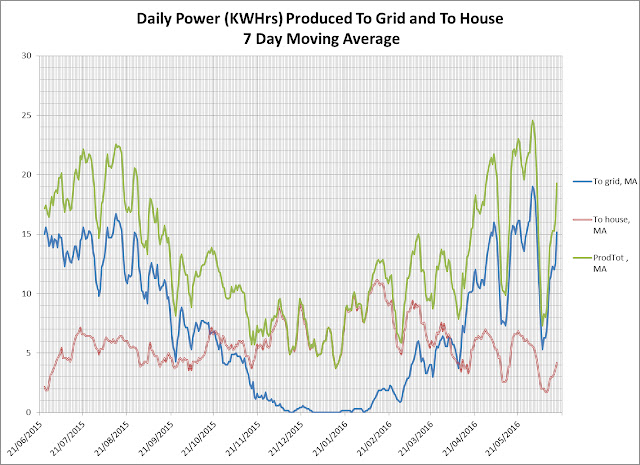The
Witches' Stones series, Books 1, 2 and 3 on Kindle
This Wednesday
through to next Tuesday (Sep 28 through Oct 5, 2016), the Science
Fiction Romance series "The Witches' Stones" is on Kindle
Countdown (Books 1, 2 and 3). That means that you can get the entire
series for three dollars, if you act fast (or about 3 pounds in
Britain).
The Witches' Stones, Book 1 - Rescue from the Planet of the Amartos
Young Earth woman and spaceship mechanic, Sarah Mackenzie, has unwittingly triggered a vast source of energy, the Witches' Stones, via her psychic abilities, of which she was unaware. She becomes the focal point of a desperate contest between the authoritarian galactic power, known as The Organization, and the democratic Earth-based galactic power, known as The Terran Confederation. The Organization wants to capture her, and utilize her powers to create a super-weapon; the Terra Confederation wants to prevent that at all costs. The mysterious psychic aliens, the Witches of Kordea also become involved, as they see her as a possible threat, or a possible ally, for the safety of their own world.A small but fast scout-ship, with its pilot and an agent of the Terra Confederation, Coryn Leigh, are sent to rescue her from a distant planet at the very edge of the galaxy, near space claimed by The Organization. Battles, physical and mental, whirl around the young woman, as the agent and pilot strive at all costs to keep her from the clutches of the Organization.
https://www.amazon.com/dp/B008PNIRP4
https://www.amazon.co.uk/dp/B008PNIRP4
https://www.amazon.ca/dp/B008PNIRP4
https://www.amazon.de/dp/B008PNIRP4
The Witches' Stones, Book 2 - Love and Intrigue, Under the Seven Moons of Kordea
Sarah has taken refuge on the planet of Kordea, where she is also learning how to control her psychic abilities, through the tutelage of the Witches of Kordea. Coryn Leigh has now taken up the position of Confederation diplomat to the Kordeans, but he is also charged with keeping the Mackenzie girl safe at all costs. During their time on the planet, an attraction between them grows, though they try to deny it, to themselves and each other.
But The Organization has plans of its own, including threatening the destruction of the planet Kordea, via destabalizing the orbit of Lina, one of its many moons. The Organization proves that its threats are in deadly earnest, so, ultimately Sarah, Coryn and the Witches of Kordea must take the fight to the enemy. Thus is borne a dangerous mission, to a planet where their foe has based the weapon that threatens Kordea, and ultimately, the balance of power throughout the galaxy. Sarah and Coryn agree that the machine must be destroyed, even at the possible cost of their own lives and growing love.
https://www.amazon.com/dp/B00YGB2KC0https://www.amazon.co.uk/dp/B00YGB2KC0
https://www.amazon.ca/dp/B01G2I37G2
https://www.amazon.de/dp/B00YGB2KC0
The Witches' Stones, Book 3 - Revenge of the Catspaw
Sarah and Coryn have become married, under the traditions of the Witches of Kordea. But the marriage is performed by the Eldest of the most important coven, a rare honour, that comes with a blessing and a curse. The slow working out of this blessing and curse forms the backdrop to the story.Having come so close to their goal of enhancing their weaponry via Witches' Stone power, The Organization will not give up. In order to lure Sarah into their trap, and thus have her become their Catspaw (someone who is forced into helping another, against their will) they need bait, and Coryn becomes the bait. He also comes under the domination of a particularly nasty Elite of The Organization, one "Evil Evilla" Copoz.
Sarah, and a picked group of companions, must re-enter The Organization space, this time to the very heart of the empire, to rescue her husband, as he has done for her in the past. They do so at great peril, but nothing can stop the terrible Revenge of the Catspaw.
https://www.amazon.com/dp/B01G2I37G2
https://www.amazon.co.uk/dp/B01G2I37G2
https://www.amazon.ca/dp/B01G2I37G2
https://www.amazon.de/dp/B01G2I37G2

















